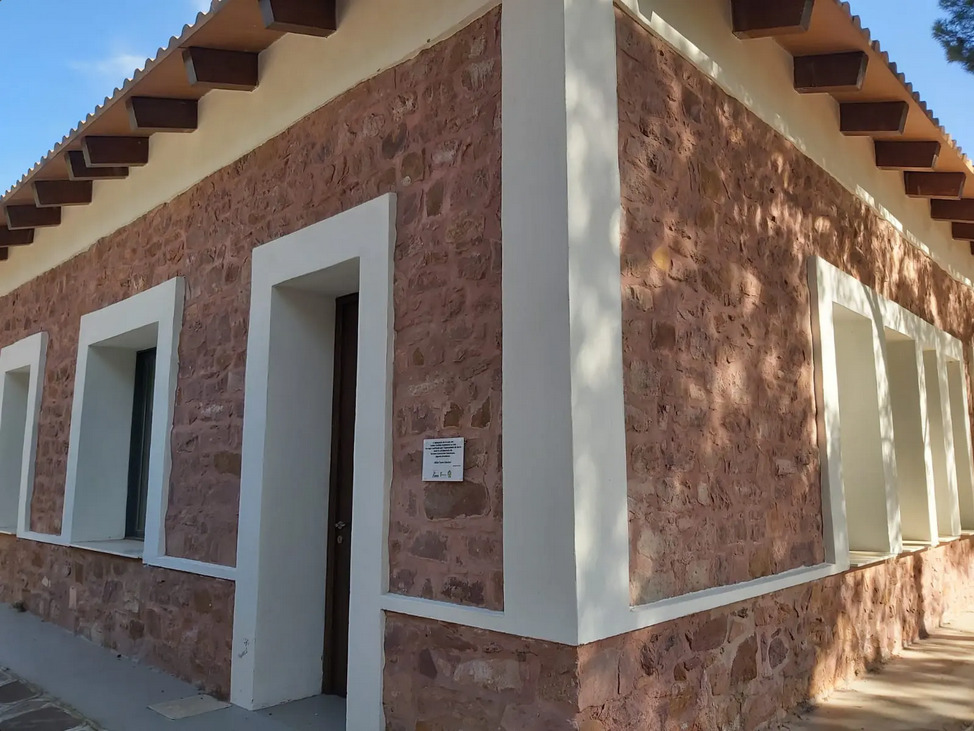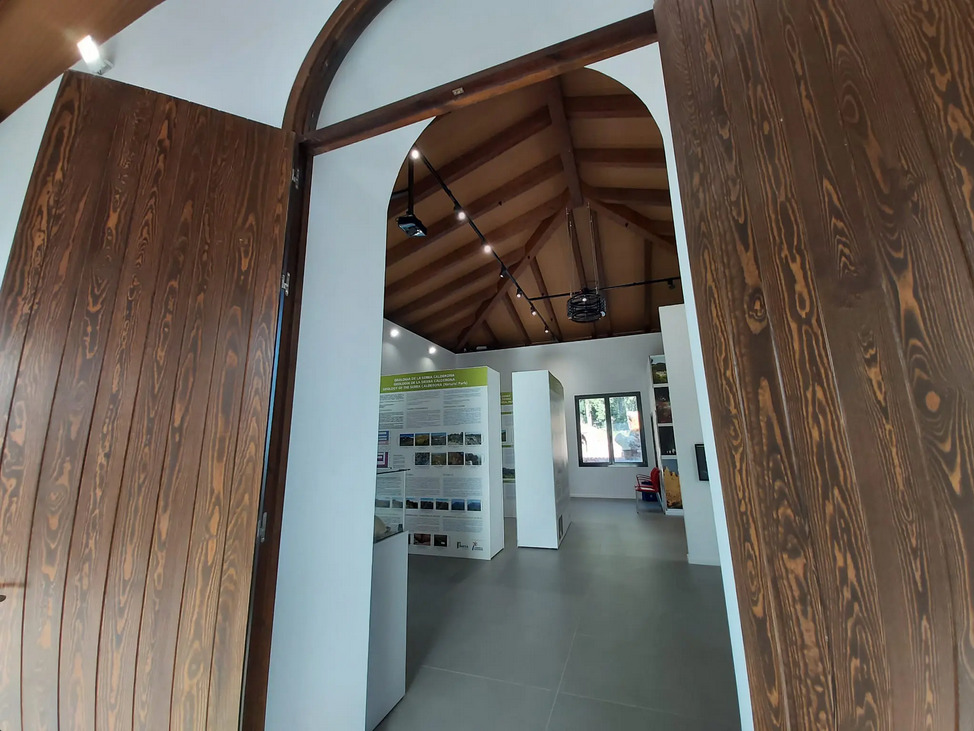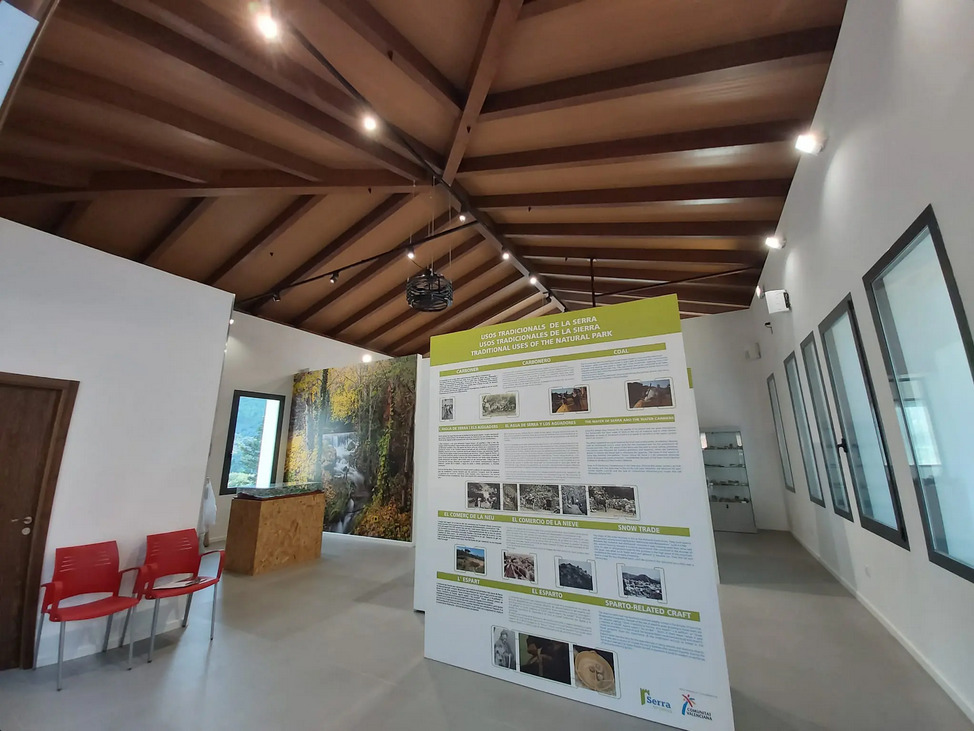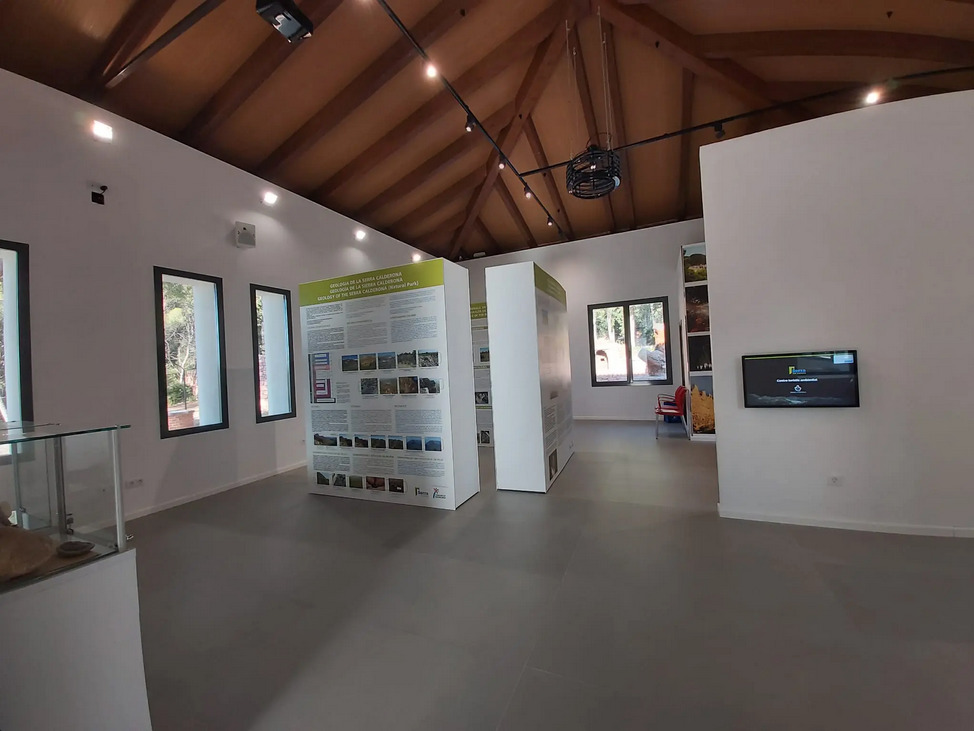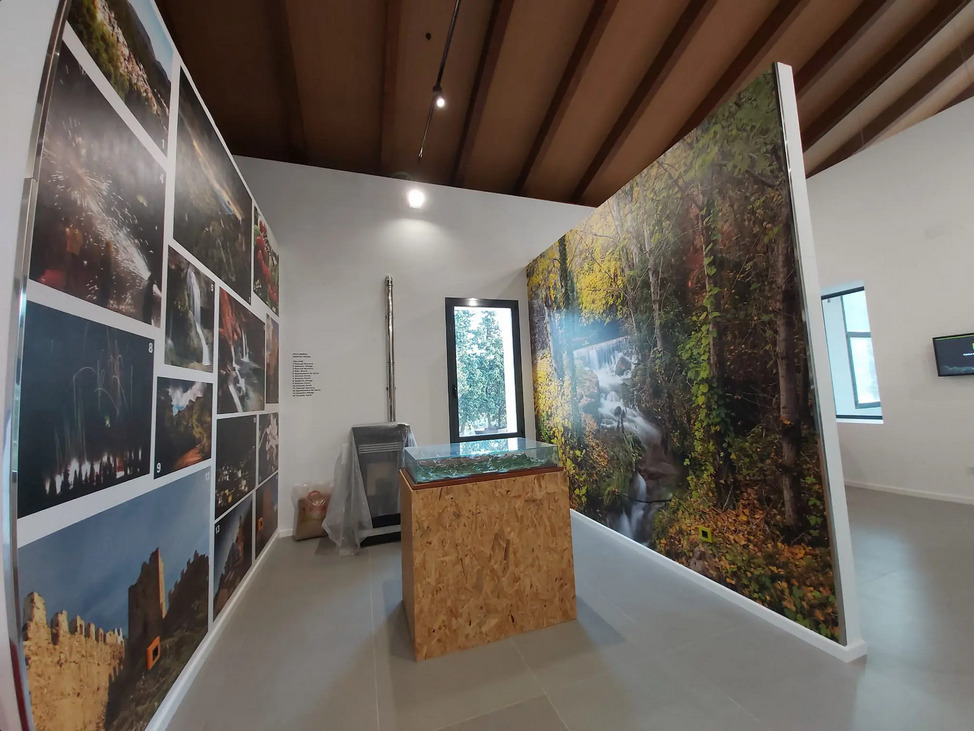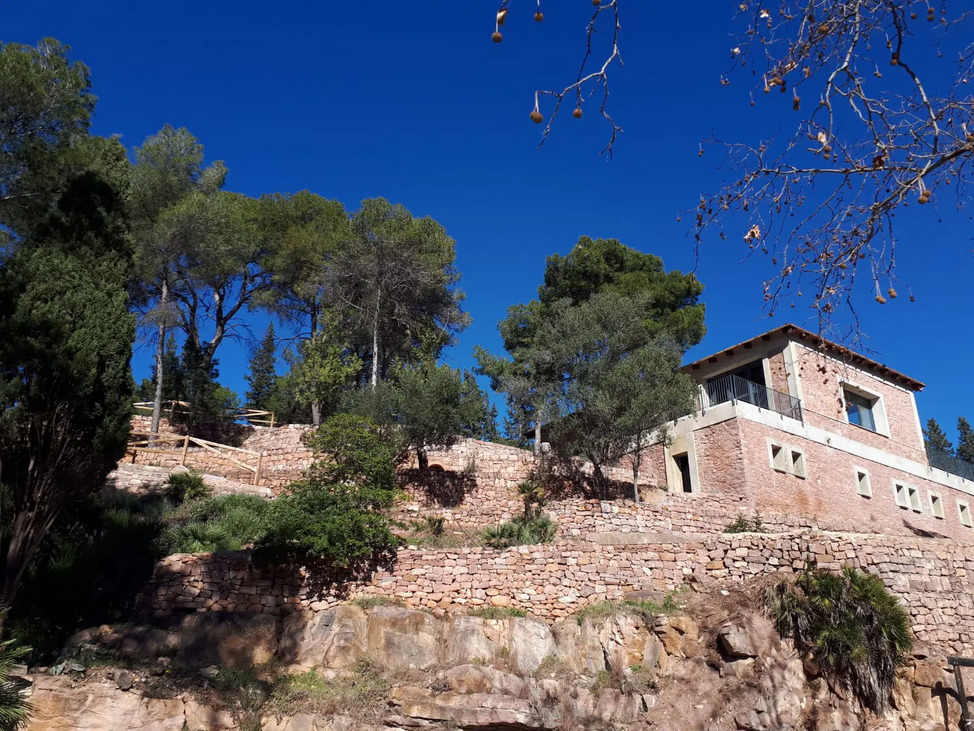Serra contará con nuevos alojamientos turísticos en la parcela de La Llar que abrirá sus puertas el año que viene para ofrecer también otras actividades turísticas complementarias. La apertura será posible gracias a la adjudicación de este espacio municipal mediante un contrato de concesión de servicios a la empresa 1 Respiro SY SL.
La concesión administrativa tiene una duración de 30 años y la empresa adjudicataria adecuará las instalaciones para su uso como camping y actividades complementarias. Además, 1 Respiro SY SL ha firmado acuerdos de colaboración con otros comercios y empresas locales para poder trabajar en red con el tejido empresarial del municipio.
La concesión prevé que a La Llar se presten servicios de alojamiento turístico, talleres tradicionales, actividades de apoyo a la agricultura, actividades culturales, ambientales y deportivas. Unas actividades que supondrán una fuerte inversión por parte del contratista.
“Ponemos en marcha las instalaciones de La Llar, un espacio que impulsará la actividad turística en nuestro municipio, creando nuevos alojamientos y otras actividades ambientales, deportivas y culturales” manifiesta la alcaldesa de Serra, Alicia Tusón quién añade que “continuamos cumpliendo nuestros compromisos con la ciudadanía para una apertura muy esperada” ha añadido.
La Llar es una parcela de 6.685 m² situada a las afueras del municipio enclavado en el corazón de la Calderona y frente a las huertas históricas de Ría y la torre andalusí del mismo nombre. El espacio incluye el Centro Turístico y Ambiental La Llar en un edificio de dos plantas que tiene una amplia zona de exposición con los usos pasados, presentes y futuros de la Sierra Calderona.
